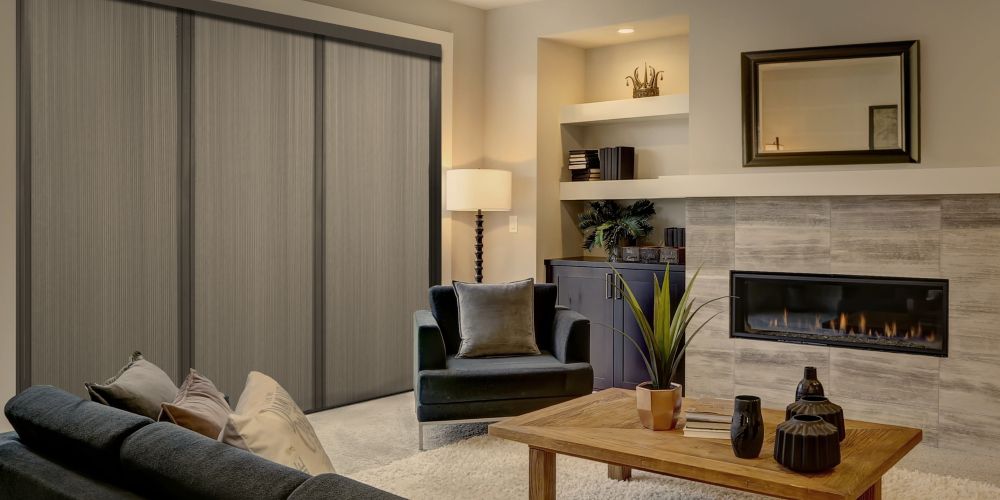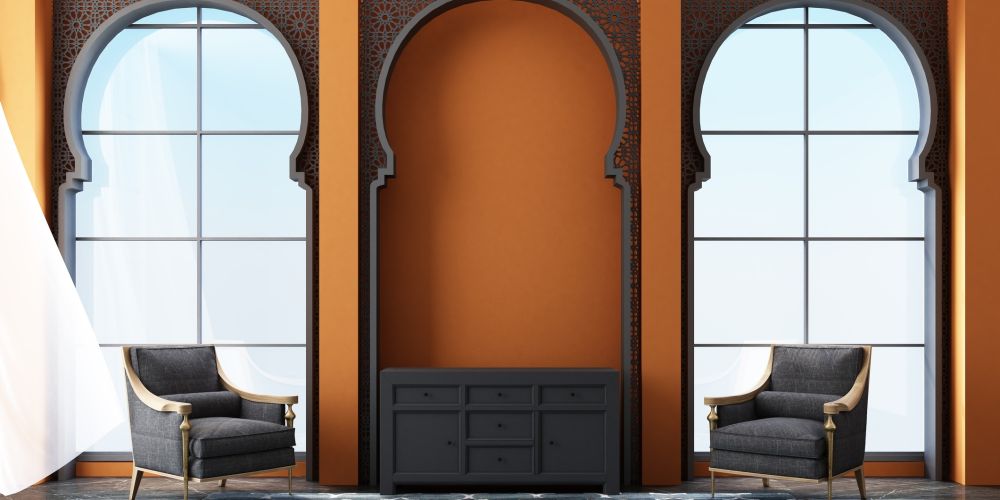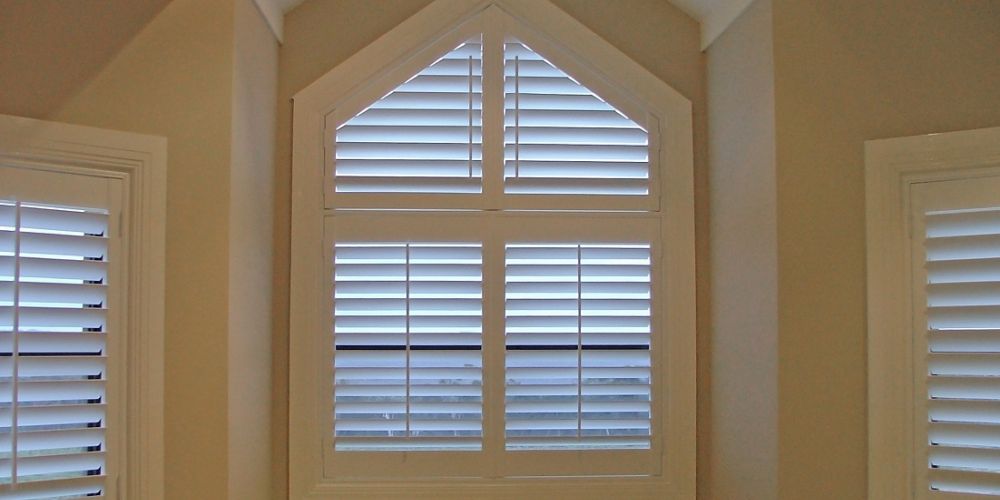
Absolute Journal
What Are Roller Blinds?
Roller blinds offer a modern, efficient, and safe window covering solution, suitable for a wide range of windows and settings. Their variety in materials, design, and operation make them a versatile choice for any home, including those with children.
Roller blinds have become increasingly popular over the years as a stylish and practical solution for window treatments. Combining functionality with aesthetic appeal, they offer a sleek and modern alternative to traditional curtain and blinds. Perfect for both residential and commercial settings, roller blinds might be just the window dressing solution you’ve been seeking. In this article, we’ll discuss what roller blinds are, the types of materials they’re made from, and the advantages they bring to any space.
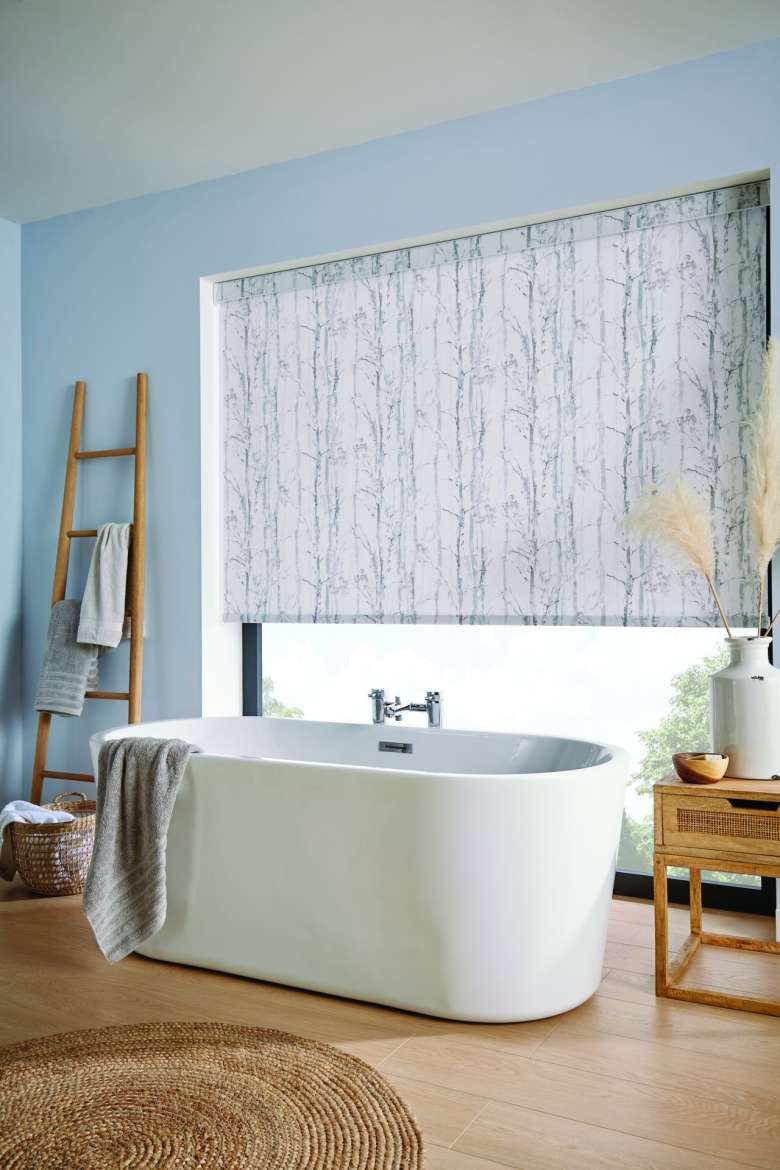
What Are Roller Blinds?
- Roller blinds are a streamlined and efficient type of window covering. They consist of a single piece of fabric or other material, which wraps around a casing fitted at the top of a window, either inside or outside the window recess.
- Operated by a pull cord attached to the bottom of the blind, or through a side-winding mechanism, they can also be motorized for ease of use. The fabric rolls up or down to allow varying levels of light and privacy.
- Available in a vast range of materials, including translucent fabrics, blackout materials, and even thermal fabrics, roller blinds offer versatility in light control and insulation. Their simplicity in design and operation, coupled with the wide variety of colours and patterns available, make them a popular choice for different interior styles, from modern to traditional.
- Roller blinds are particularly valued for their space-saving and clean appearance, fitting well in both residential and commercial settings.

What Are Roller Blinds Made Of?
Roller blinds are made from a variety of materials, catering to different aesthetic and functional needs. The choice of materials determines the blind’s durability, functionality, light filtering capabilities, and overall aesthetic appeal.
- The primary component is the fabric, which can range from natural textiles like cotton, linen, or silk, to synthetic materials such as polyester and PVC. These fabrics can be plain, patterned or textured, and are often treated to offer specific properties like UV resistance, waterproofing, or flame retardancy. In blackout roller blinds, the fabric typically has a light-blocking layer, either a coating or an additional layer of opaque material to prevent light penetration.
- The roller mechanism, usually a cylindrical tube, is made from sturdy materials like aluminium, wood, or steel, to provide the structural support for the blind.
- The operating systems include a pull cord, a chain, or a motorized mechanism for automatic operation, made from durable metals or high-grade plastics.

Why Choose Roller Blinds?
Choosing roller blinds offers many advantages, making them a popular choice for window treatments:
- Roller blinds are very versatile, in terms of design and functionality. With a wide range of materials and patterns available, they can complement any interior décor, from minimalist and modern to traditional.
- Roller blinds provide excellent control over light and privacy. You can choose from sheer, light-filtering, or blackout fabrics, based on your needs.
- Roller blinds are known for space efficiency. Their sleek design occupies very little space and can fit snugly within or outside the window recess. This makes them particularly suitable for areas where space is at a premium, like small apartments or offices.
- Roller blinds are easy to operate. Whether manual or motorized, they offer a convenient and user-friendly experience.
- Roller blinds need little maintenance. All that’s required is a simple wipe or dusting.
- Roller blinds are cost-effective. They offer durability and functionality at various price points, catering to different budgets without compromising on quality or aesthetics.

What Types of Windows are Best for Roller Blinds?
Roller blinds are well-suited for a wide range of window styles. Their adaptability stems from the ability to be custom fitted to different sizes and shapes, ensuring a perfect fit for most windows.
- Standard windows are an ideal match for roller blinds, as they can be easily fitted within the window frame or outside it, depending on the desired look and coverage.
- The simplicity of roller blinds complements the clean lines of modern windows, enhancing their aesthetics while providing functionality.
- Bay windows can benefit greatly from roller blinds, as they can be individually fitted to each section of the bay, offering flexibility in light control and privacy. This individual fitting also preserves the bay window’s architectural appeal.
- If you have sliding glass doors and large window walls, they’re excellent candidates for roller blinds. The ability to roll up completely allows for unobstructed views and easy access through doors. The availability of wider blinds makes them suitable for large glass expanses, providing efficient light control and insulation.

Can Roller Blinds Be Electric?
Yes, roller blinds can indeed be electric, offering a modern and convenient solution for window treatments:
- Electric roller blinds are motorized, allowing for them to be operated with the push of a button, a remote control, or even through smart home systems. This feature is especially beneficial for hard-to-reach windows or for those who prefer a streamlined, cordless look that enhances safety, especially in homes with children or pets.
- The motorization of roller blinds can be battery-operated or connected to the home’s electrical system.
- Integration with smart home technology allows for automation, where blinds can be programmed to open and close at specific times, aiding in energy, efficiency, and security
- Electric roller blinds combine the functionality and aesthetic appeal of traditional roller blinds with the added convenience and safety of motorized operation, making them an ideal choice for modern homes and offices seeking a blend of style, comfort, and technology.
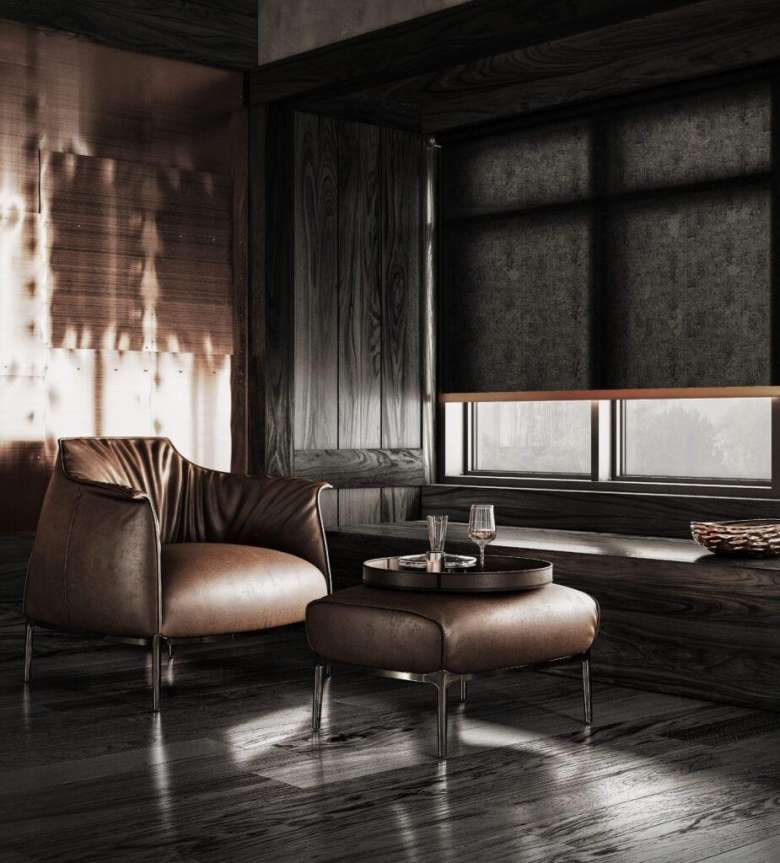
Can I Have Blackout Roller Blinds?
Certainly, blackout roller blinds are a popular option for those seeking complete room darkening.
- Blackout roller blinds are specially designed to block out all light, making them ideal for bedrooms, home theatres, or any space where controlling light exposure is critical.
- Blackout roller blinds are made with a dense, opaque fabric that prevents light penetration. This fabric may be thicker or have a special coating to ensure no light seeps through. In some designs, they are fitted with a channel system to cover any light gaps that might occur at the edges, providing a compete blackout effect.
- Apart from light control, blackout roller blinds offer additional benefits. They enhance privacy, provide insulation against heat and cold, and can help reduce outside noise, contributing to a more comfortable and controlled indoor environment.

How do I Maintain Roller Blinds?
Maintaining roller blinds is relatively straightforward:
- Regular cleaning is the best way to care for them. Dust the fabric gently with a soft cloth attachment on a vacuum sweeper or use a microfibre duster.
- For deeper cleaning, a slightly damp cloth can be used to gently wipe the blinds. Be careful to avoid any harsh cleaning agents or scrubbing too vigorously, as this can damage the fabric or the blind’s mechanisms.
- If stains occur, spot cleaning with a mild detergent and lukewarm water is often effective. Gently dab the area, taking care not to soak the fabric, then let it air dry completely.
- The mechanical parts, like the rolling mechanisms and any chains or cords, should be checked periodically for signs of wear. Light lubrication may be needed occasionally to keep everything moving smoothly.
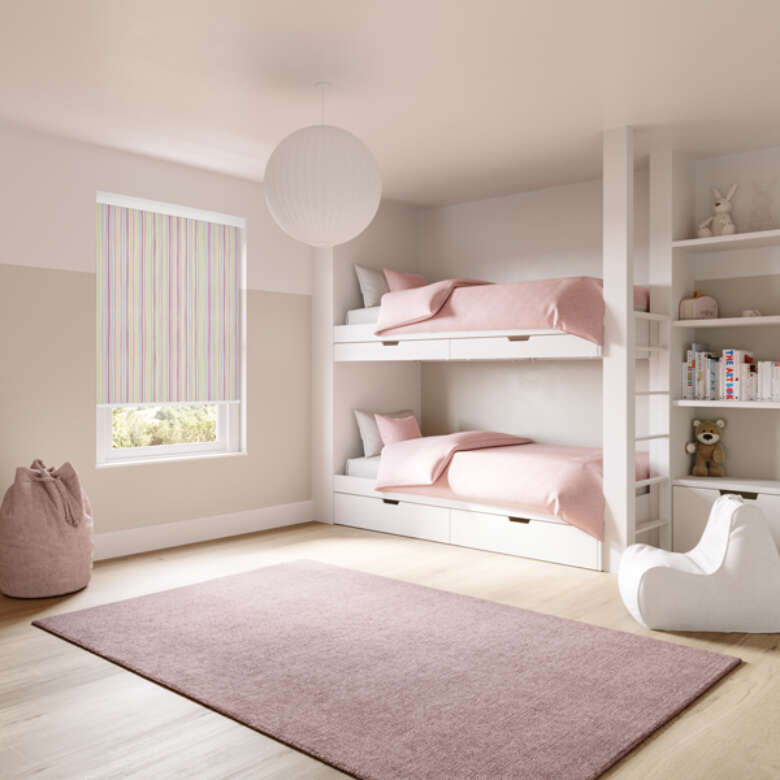
Are Roller Blinds Safe Around Children?
Roller blinds can be safe for children, especially when specific child safety features are incorporated into their design.
- One of the key safety measures is the use of cordless systems. Many modern roller blinds are designed without cords or chains, which eliminates the risk of strangulation, a major concern with corded blinds. Instead they can be operated manually by a simple push or pull on the bottom of the blinds or through motorized controls.
- For blinds that do have cords, safety devices such as cord tensioners and cleats are used. These devices securely anchor the cords to the wall or window frame, keeping them taut and out of the reach of children.
- Finally, the materials used in roller blinds should be non-toxic and free from harmful chemicals. Manufacturers often adhere to stringent safety standards and regulations, further ensuring the safety of children.
Absolute Blinds, established in 1998, specialises in a wide range of made-to-measure blinds, offering expertise and various styles for both domestic and commercial clients in Hertfordshire, Bedfordshire, and North London. Known for quality and innovation, we provide personalised consultations and solutions including motorised options. Our expansion in 2008 enhanced our manufacturing capabilities, improving quality and service efficiency, and allowed us to manufacture roller blinds and vertical blinds. This change not only ensured better quality control but also reduced lead times for our trade and residential customers. Whether you’re interested in updating your existing window shutters, adding privacy with blackout blinds, or enhancing your living space with new conservatory blinds, we can offer over 20 years of experience and guidance, no matter the size or nature of the project.
For more information about the products and services we provide, contact us via our website or give us a call at 01707 394141. We look forward to meeting you!
